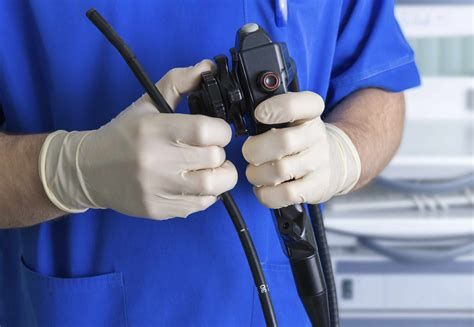Introduction:
Spirometry is a simple, painless breathing test that measures how well your lungs work. This test is crucial for diagnosing and monitoring various lung conditions. During a spirometry test, you will be asked to breathe into a device called a spirometer, which records the amount and the rate at which you breathe in and out.

The results of a spirometry test can provide your doctor with valuable information about your lung health, helping to identify conditions like asthma, chronic obstructive pulmonary disease (COPD), and other respiratory issues. This information allows your doctor to tailor a treatment plan specific to your needs, optimizing your respiratory health.
What Happens During a Spirometry Test?
Before the test, your doctor will explain the procedure and answer any questions you may have. You will be asked to avoid smoking or strenuous activity for at least an hour before the test.
During the spirometry test, you will be seated and asked to breathe normally. A clip will be placed on your nose to ensure you breathe only through your mouth. You will then take a deep breath in and exhale forcefully into the spirometer mouthpiece until your lungs are empty. You may need to repeat this process several times to ensure accurate results.
How Spirometry Helps Diagnose Lung Conditions:
Spirometry results can indicate several lung conditions:
- Asthma: Spirometry can identify airflow obstruction, a hallmark of asthma. The test can also be used to monitor the effectiveness of asthma medications.
- COPD: COPD, a group of lung diseases, including chronic bronchitis and emphysema, causes airflow limitation. Spirometry can help diagnose and stage the severity of COPD.
- Restrictive Lung Diseases: Conditions like pulmonary fibrosis can restrict lung expansion, leading to reduced lung capacity. Spirometry can identify these restrictions.
- Other Conditions: Spirometry can also aid in evaluating lung function in individuals with other respiratory symptoms, such as shortness of breath, wheezing, or chronic cough.
Understanding Your Spirometry Results:
Your doctor will interpret your spirometry results, considering factors like your age, height, and gender. Key measurements include:
- Forced Vital Capacity (FVC): The total amount of air you can exhale forcefully after taking a deep breath.
- Forced Expiratory Volume in 1 second (FEV1): The amount of air you can exhale forcefully in the first second.
- FEV1/FVC Ratio: The proportion of your FVC you can exhale in the first second.
Abnormal results in these measurements can indicate an underlying lung condition.
Conclusion:
Spirometry is a vital tool for diagnosing and managing lung conditions. This simple test can provide valuable insights into your lung health, enabling early detection, treatment optimization, and improved respiratory well-being. If you experience any respiratory symptoms, consult your doctor about whether a spirometry test is right for you.





